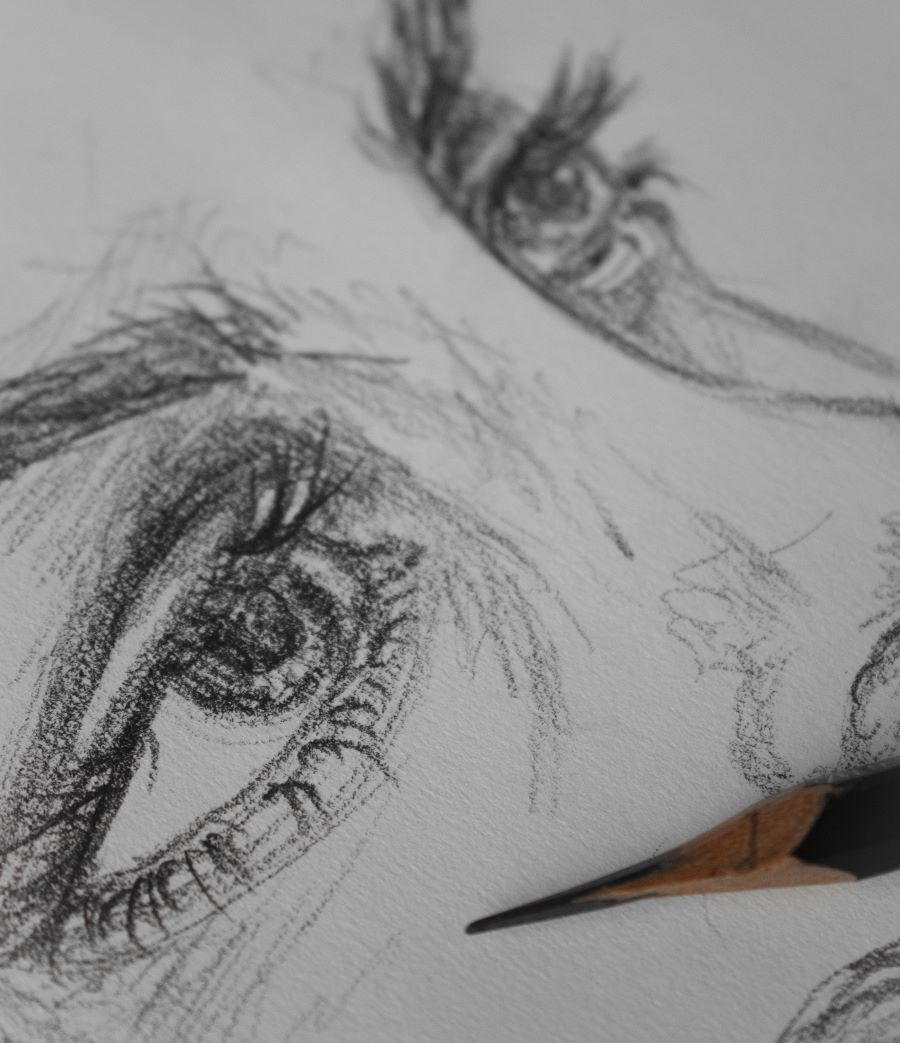How to Draw an Eye 5 Step Guide
We will walk you through how to draw an eye in a 5 step process, helping you develop your skills and create stunning and realistic eye illustrations.
Gathering the Necessary Tools
Before diving into the drawing process, it’s important to have the right tools at your disposal.
You’ll need a sketchbook or drawing paper, pencils of various grades (ranging from H to B), an eraser, and a sharpener. Additionally, having reference images or a mirror to observe real eyes can greatly aid in understanding their structure and proportions.
Step 1: Sketching the Basic Eye Shape
Begin by lightly sketching the basic shape of the eye using a light pencil. Observe the reference image or your own eye carefully, paying attention to the almond-like shape and the angles of the upper and lower eyelids. Take your time to get the proportions right and ensure the eye fits well within your drawing area.
Step 2: Adding the Iris, Pupil, and Highlights
Next, focus on the details that bring the eye to life. Draw the iris—the colored part of the eye—keeping in mind that it is not a perfect circle but rather a slightly irregular shape. Inside the iris, draw the pupil, which can vary in size depending on the lighting conditions. Add highlights to the eye to give it depth and reflect light realistically.
Step 3: Working on the Eyelashes and Eyebrows
Eyelashes and eyebrows play a crucial role in defining the overall look of the eye. Observe the reference image or your own eye to understand the direction and length of the eyelashes. Start by lightly sketching them and gradually build up their thickness and darkness. Similarly, pay attention to the shape and thickness of the eyebrows, as they contribute to the eye’s expression.
Step 4: Shading and Adding Depth
To make your eye drawing truly realistic, shading is essential. Begin by identifying the areas of the eye that are in shadow and those that are exposed to light. Use different pencil grades to create various tones, gradually building up the values to achieve a three-dimensional effect. Blend the shading gently to create smooth transitions between light and shadow.
Step 5: Refining the Details
At this stage, take a step back and assess your drawing. Make any necessary adjustments to ensure the proportions, shapes, and values are accurate. Pay close attention to subtle details like reflections in the eye, small blood vessels, and the texture of the skin around the eye. Use an eraser to lighten or correct any mistakes, and sharpen your pencil for precise lines and accents.
